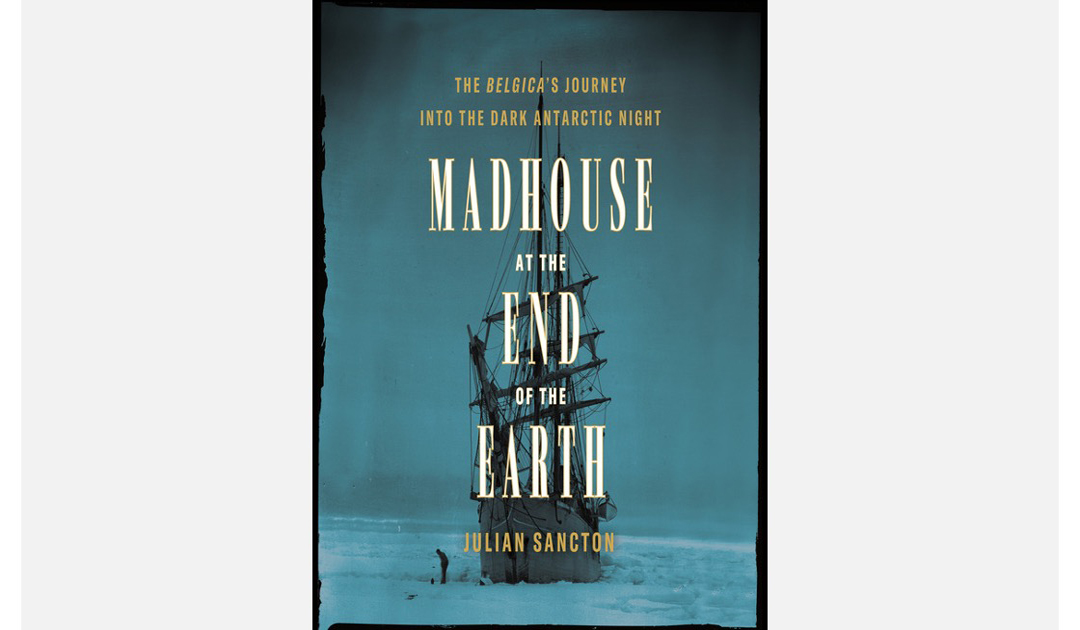
In 1897, the Belgica left Antwerp with at its head Adrien de Gerlache, a young captain, Roald Amundsen, the future great explorer as second in command, an unexperienced and undisciplined crew, and half a ton of explosives : direction magnetic South Pole ! Critical success released in 2021, Madhouse at the End of the Earth. The Belgica’s Journey Into the Dark Antarctic Night is now available in its French version. And it’s still as captivating in its depiction of the first wintering in Antarctica.
The Belgica leaves Antwerp (Belgium) in jubilation on 16 August 1897. With Adrien de Gerlache de Gomery, 31 years old, at her head, the expedition is the first of its kind for Belgium. More than three years of preparation had been necessary before casting off for a destination totally unknown at the time : Antarctica. The responsability weighing on the young leader’s shoulders is great, as a whole country is hoping for the mission success.
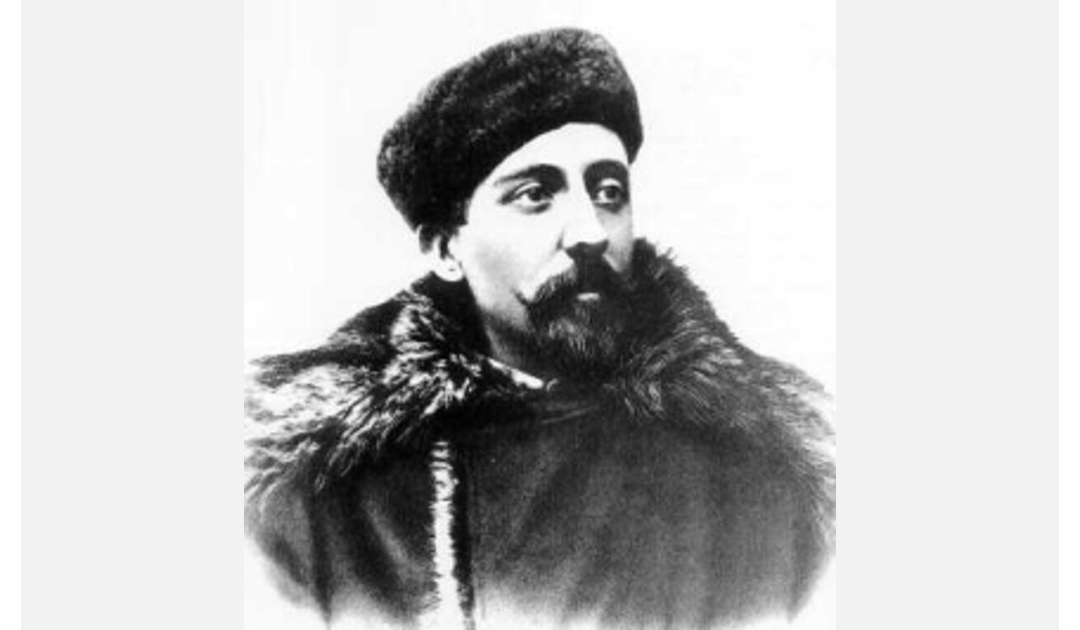
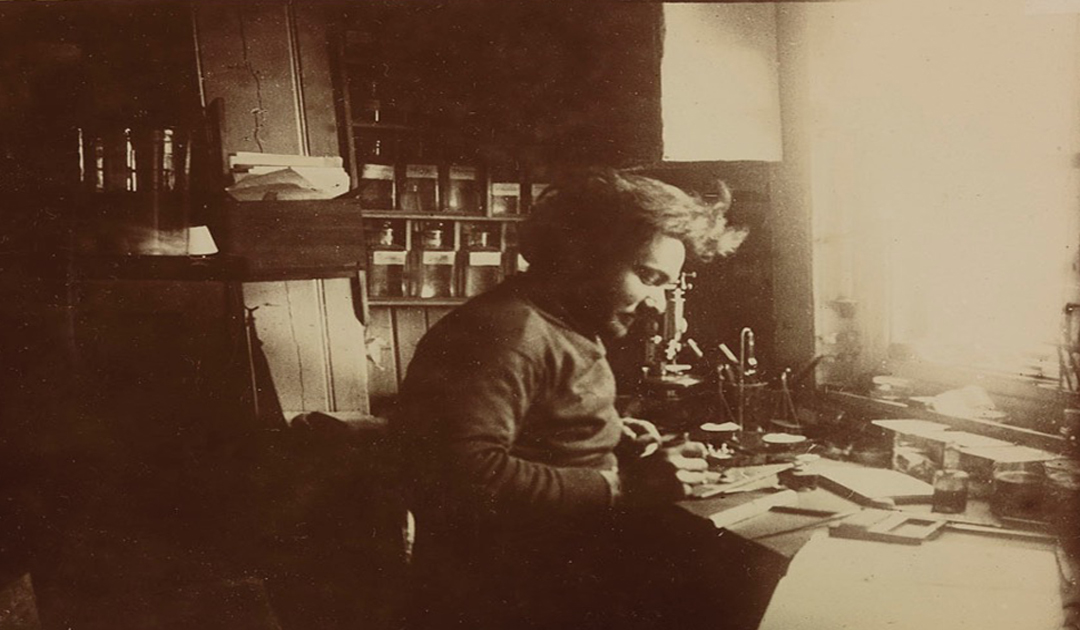
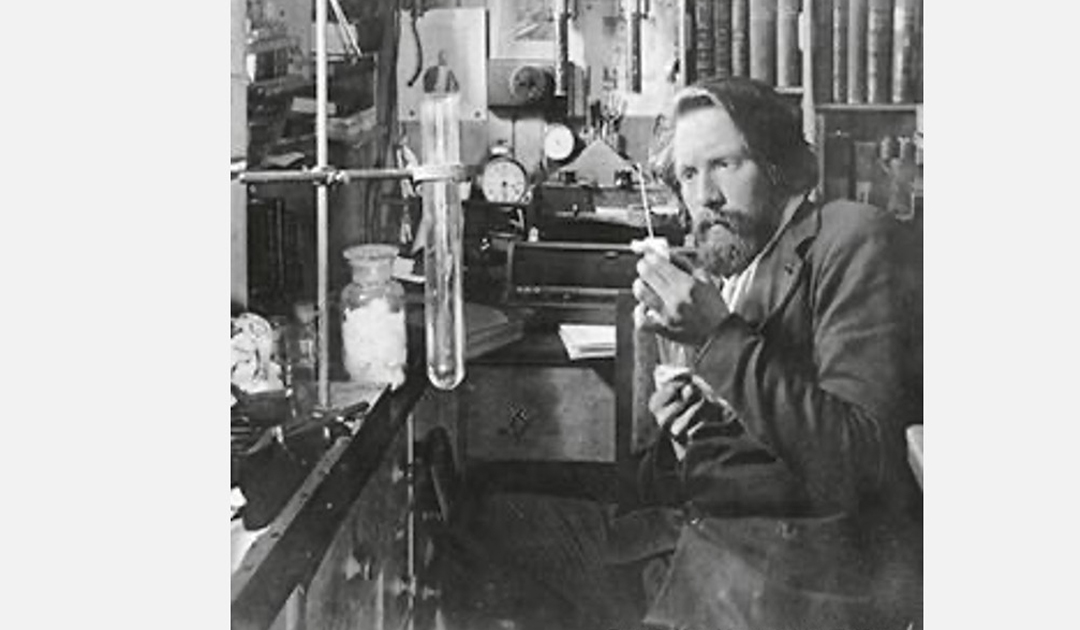
But if De Gerlach is an outstanding navigator, his qualities as a men leader is something to be desired. Very quickly, indiscipline reigned aboard the Belgica even bordering on mutiny during a stopover in South America. Nationalist tensions, which we’re then crossing Europe, were also present on board this powerful steamship and ist eclectic crew, where nationalities and characters were trying to live together more or less peacefully.
Two future polar heroes
Among the nineteen crew members who will set off for Antarctica, there are two men who will mark polar exploration History with their names : Frederick Cook and Roald Amundsen.
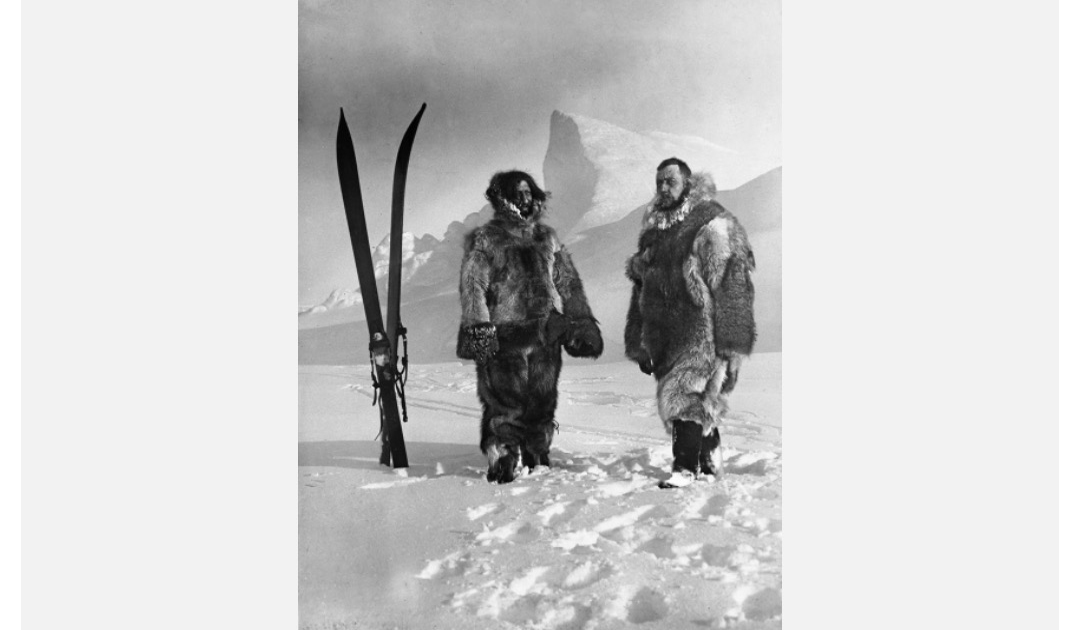
Aboard the Belgica, Cook is something of a veteran. He has already took part in a few polar expeditions in the Arctic where he has learnt several survival techniques directly from the Inuit. Doctor on board, his inventiveness and skills seem boundless : polar tent, photography, anti-scurvy diet, he even invented a light therapy process to relieve his companions from the absence of light that seemed to cause so much damage to their minds and their bodies.
As for Amundsen, who will take Cook as a model, his charisma and courage were already impressive. The two men spent hours talking, planning their future exploits during their discussions.
Caught in the ice in March 1898, the Belgica spent thirteen long months in Antarctica, carrying out the first wintering in History. However, the expedition, poorly prepared in many respects, will be a nightmare, the crew succumbing to scurvy and the long Antarctic night, which will cause a strange illness that Cook designated then by the term polar anaemia.
The madhouse
Little known at the time, Cook already had a taste of this conditions during his expedition with Peary in the Arctic back in 1891. But in Antarctica, it looked particularly severe.

Depending on times and regions, this syndrome has taken on different names. Pibloktoq, cabin fever or Antarctic stare, the winter-over syndrome, long associated with a form of madness, finds its first detailed description in Cook’s logbook. Cardiac arrhythmia, memory loss, confusion, cognitive slowing down, fatigue, moodiness are all symptoms observed and seem to find their source in both isolation and absence of light linked to the long polar winter.
The French title (that can be translated in Nightmare in Antarctica) didn’t keep this notion of madness. However, it is indeed the term «madhouse», appearing in an article that caught the author’s attention.
American journalist and writer, Julian Sancton discovered the Belgica story when he came across an article published under the title Moving to Mars, about an experiment funded by the NASA on the dynamics of a group plunged into total isolation in Hawaii. The article author then mentioned the Belgica, expedition whose members had been the first to experience a wintering in Antarctica, were also in a complete isolation.
The connection between that story and a space exploration experience, as well as the character of Cook, were enough to feed Sancton’s curiosity, getting on the Belgica’s and her crew’s track. After five years of research and writing, Sancton delivered a captivating story, translated in several languages and now also available for a French audience.
Featured image : De Gerlache Family Collection
Mirjana Binggeli, PolarJournal
More on the subject





